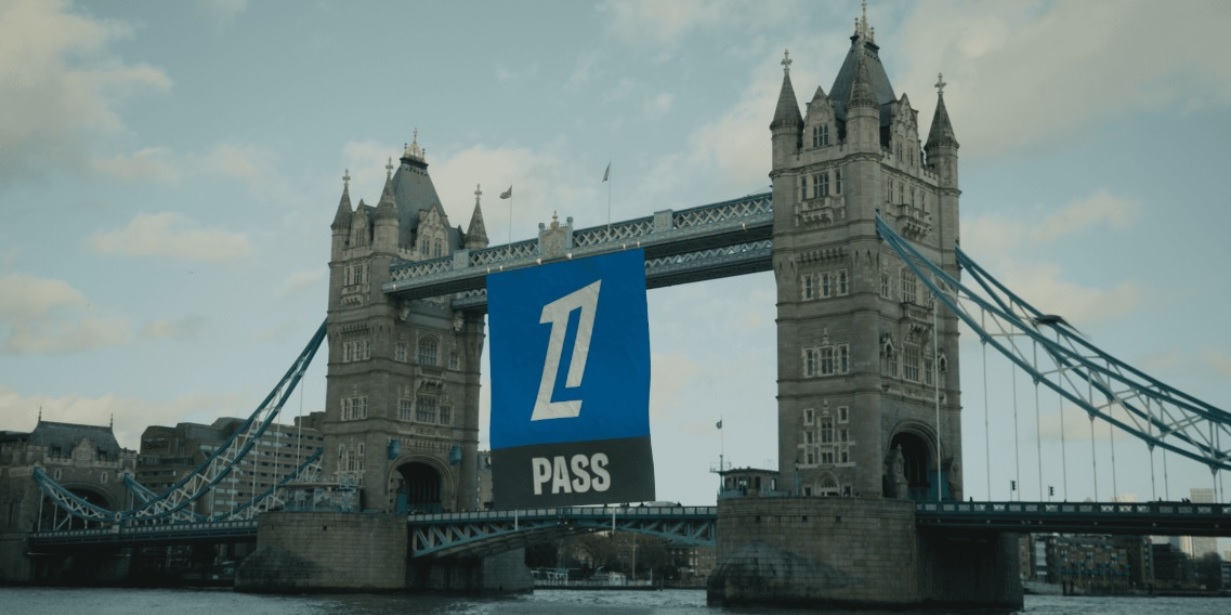Oil prices rose again on Tuesday (8) and crossed the $130 level, amid New sanctions and boycotts announced by Western countries against Russia. At around 2:15 pm (GMT), the price of a barrel of Brent oil rose 6.84% to $131.64 – in nominal terms (ie, without regard to inflation), the highest value in 14 years since 2008.
US oil WTI (West Texas Intermediate) rose 7.69%, to $128.58.
Earlier, the President of the United States, Joe Biden, announced a ban on Russian oil, gas and energy imports – in response to the 13-day invasion of Ukraine. He said, “The United States will target the main artery of the Russian economy. This means that Russian oil will no longer be accepted in American ports.”
But Biden acknowledged that the decision would cost US residents.
“war [Vladimir] Putin is already hitting the American family at the fuel pump. Since Putin began his ascent in Ukraine, the price of fuel has risen by 75 cents. He warned that this measure will continue to rise, adding that it will release 60 million barrels of US reserves to try to contain the price hike.
Shortly thereafter, the UK also reported this It will gradually eliminate imports of oil and petroleum products from Russia Until the end of this year.
Influences in Brazil
The war between Russia and Ukraine should also – and soon – affect the price of fuel in Brazil. Meet the experts last week before UOL Indeed, no matter how long the conflict lasts, the price of a barrel of oil will remain above $100 for a few months, and Petrobras They will not be able to afford to pass this increase, especially if the dollar rises again.
But is it possible for a liter of gasoline, for example, to reach 10 RRL?
Economist Guilherme Moreira, IPC (Consumer Price Index) Coordinator at Fipe (Foundation of the Institute for Economic Research), I don’t think it’s “ridiculous” to think so, at least in some Brazilian cities. It is reported that on the second day, for example, a barrel of Brent crude was trading at $111, which is a 44% increase compared to the December price. On the other hand, the riyal rose by 10% against the dollar.
“By doing a simple subtraction, you still have 34% left [de diferença]. In places like Rio de Janeiro, for example, where the price of gasoline is already above 7 reales, a 30% increase would raise the price to nearly 10 US dollars,” he says. [correrá] If everything remains as it is today. But we know that the trend is for the dollar to rise, which can also lead to that increase,” he adds.
André Braz, economist and IPC coordinator at Ibre/FGV (Brazilian Institute of Economics at Fundação Getúlio Vargas), believes the values are unpredictable, but says he agrees that the increase is inevitable, because the situation is “extraordinary” and comes at a time when Brazil is still recovering from the effects of the Covid-19 epidemic.
“It will depend a bit on the appreciation of our currency as well, which may dampen increases going forward. But it will certainly affect inflation, even through the agriculture itself. We have already seen international prices for corn, soybeans and wheat, which can contaminate meat prices. It is a snowball One price pays the other,” he explains.
(with Reuters)

“Music fanatic. Very humble explorer. Analyst. Travel fanatic. Extreme television teacher. Gamer.”






More Stories
Do you use a Petrobras CNG truck? Understand the picture that became a meme
New strategy to get rid of telemarketing calls; Learn it!
Itaú will launch receivable tokens in 2022